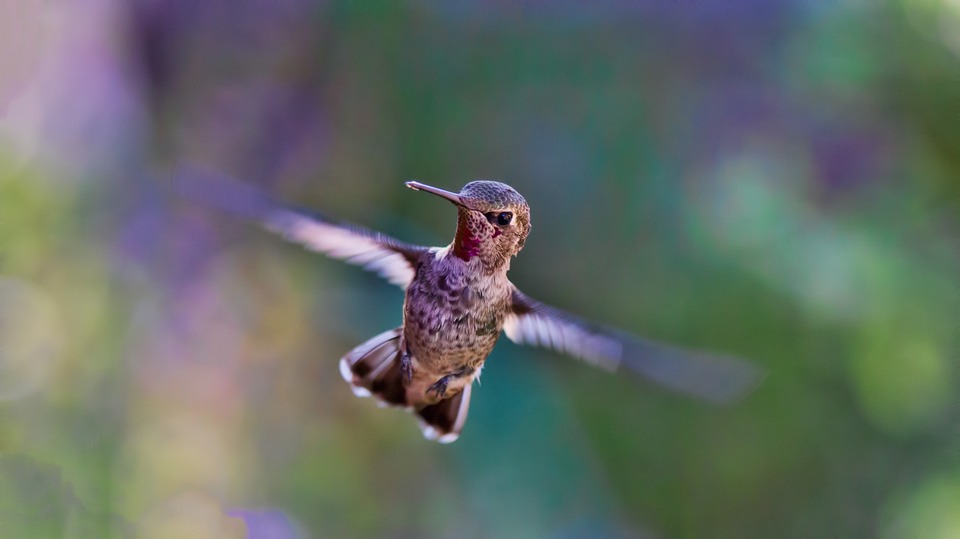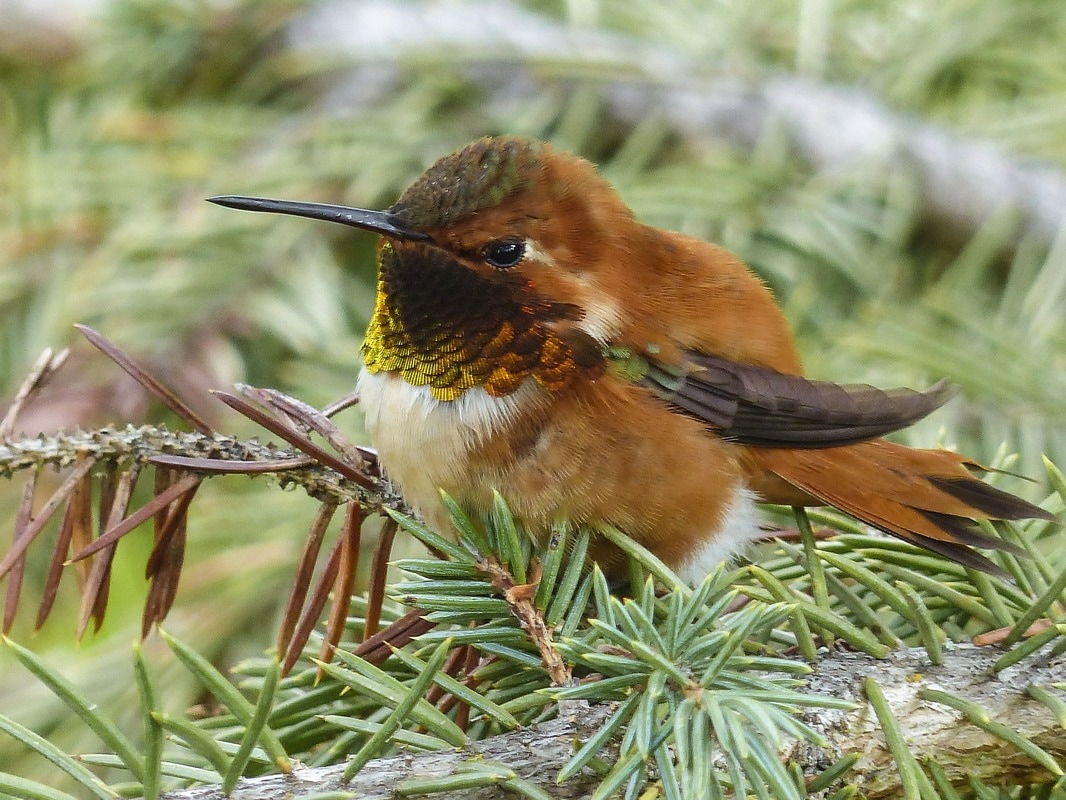|
I got a note about a hummingbird over near Portland with a swollen tongue. I advised that if they could not catch it, to try to keep it warm at night and CLEAN the feeders. Eventually the hummer was caught and taken to a rehab center. Unfortunately, someone there did not understand hummer anatomy and thought the tongue was "fractured" because it had a split at the tip. The bird was euthanized. Now, whether or not the bird would have survived the infection it more likely had is a question. Often, due to their size and metabolism, hummers have a pretty hard time fighting infections. Sadly, the little hummer's tongue was most likely swollen from a bacterial or fungal infection most likely from the person's feeder. His tongue was not fractured, but is naturally split at the tip to assist in his feeding. Here are two excellent articles for you to enjoy. The first is about how we can really care for our hummingbirds that find their way to our lives and feeders. In 2 days our sugar solutions can go sour and get fungal threads. These can kill a hummer in a matter of a day or two. Keeping our feeders clean is critical to their health. And while we may think that feeding them is better for them, if our solutions actually harm them, then we are not helping - we are hurting. If time pressures simply prevent us from caring for a feeder, then simply take it down. Check out this link for a helpful article on how to easily care for feeders: Loving Hummers to Death - How to Care for Your Hummers This second fascinating article, which includes some fantastic video, explores how the hummer's tongue really works. The hummer has been misunderstood for hundreds of years. The wonders of our video today though allowed these researchers to actually film the hummer eating and figure out how it really works. Key points? The tip of the tongue is split and has micro filaments on it to hold nectar - the picture of this alone is worth going to the link. The tongue is flat, not a tube. That's just a couple of the tidbits you will find out in this article. The Hummingbird Tongue If you have a hummingbird that is sitting all the time, especially with eyes closing often or half closed, you have a sick hummer. He or she may or may not get over it naturally. Hummers expend a ton of energy, and they need to eat pretty much all day long. If they are not, something is wrong. This is a good time to take down the feeder, clean it very well, and put it back up. Do not remove it completely if you have a sitting hummer - but you absolutely must clean it thoroughly. Here is how I do it: Boil some water and turn off heat. Wash the feeder with a friendly soap and hot water, rinse well - all parts of it, not just the basin. Dip the feeder into the hot water for a few minutes. Then rinse very well again. You can use a 5-10% bleach solution, but you must rewash after the bleach as it leaves a residue that can harm the bird. Wash again, rinse. Solution: boil water for 5 minutes (put more water in the pot than you will need for your solution). Put 4 cups warm, but not boiling hot water into bowl or pot. Add 1 cup sugar (Cane sugar). Let melt and cool. Put in feeder, place outside.
Have fun with your hummers, care for them well, and if you have an issue please email me. I can give you advice that may help. Enjoy those gorgeous hummers! Comments are closed.
|
AboutNative Bird Care's is celebrating its 10th anniversary! Our main focus is song, shore, and waterbirds. We offer specialized care and facilities for these extraordinary birds.. Archives
July 2024
Categories
|


 RSS Feed
RSS Feed